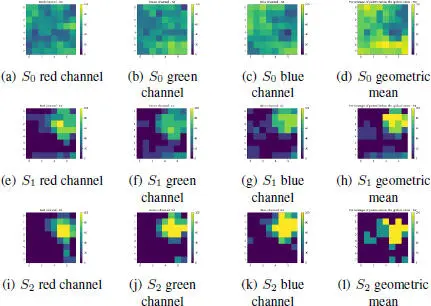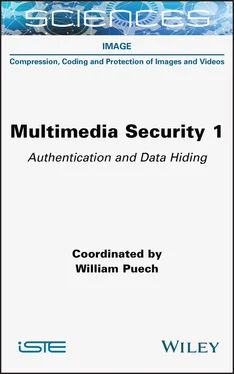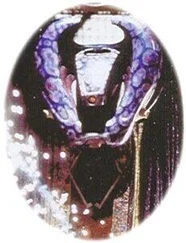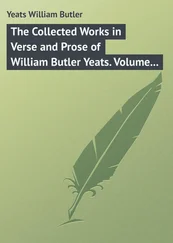
Figure 1.8. Percentage of points below the global noise curve and geometric mean for each macro-block at S0, S1 and S2
1.4.1. Forgery detection through demosaicing analysis
Detecting demosaicing artifacts can answer two questions:
– Is it possible that a given image was obtained with a given device?
– Is there a region of the image whose demosaicing traces are inconsistent with the rest of the image?
Two different approaches can be used to study the demosaicing of an image. One could try to estimate the specific demosaicing algorithm that was used in the image. Such an estimation might prove that an image was not taken by a given camera, assuming the demosaicing method is different from the one used by the camera. Within an image itself, a region that was demosaiced differently than the global image is likely to be forged. Such an analysis could be justified by the large variety of demosaicing methods, however this variety also limits the potential detection. To establish or disprove the link between an image and a camera through the demosaicing algorithm would require us to know the algorithm used, which is rarely the case. Estimating the specific demosaicing algorithm used by a camera would require a large amount of images from said cameras; while theoretically possible, no such work has ever been attempted. The ability to detect regions of an image that have been demosaiced with a different algorithm than the rest of the image is only theoretical; in practice the estimation of a demosaicing method once again requires more data than can usually be provided by a small region of an image. Furthermore, most demosaicing algorithms do not interpolate all regions in the same way. As a consequence, a reliable comparison of two estimations is difficult, as the same algorithm may have interpolated two regions differently. That being said, global learning-based methods can make use of the demosaicing algorithm to get information on an image, although this is just one feature learned and used among others, and not something that is conclusive by itself. For instance, Siamese-like networks such as Noiseprint (Cozzolino and Verdoliva 2020) implicitly learn some information on the demosaicing algorithm to detect forgeries. These methods will be presented in more detail in section 1.7.
A more promising approach is to directly detect the position of the Bayer matrix. Indeed, while the CFA pattern is almost always a Bayer matrix, the exact position of the matrix, that is, the offset of the CFA, varies. Detecting the position of the matrix therefore has two uses:
– we can compare the position of the Bayer matrix in the image to the one normally used by a specific device. If the positions do not correspond, then the image was either not taken by that device, or it was cropped in the processing;
– in the case of copy-move, both internal and external (splicing), there is a probability that the position of the Bayer matrix does not correspond between the original image and the pasted region. Therefore, detecting the position of the Bayer matrix, both globally and locally, can be used to find inconsistencies.
Most current demosaicing detection methods focus on this second idea, as local CFA inconsistencies give useful information on the image and can be found relatively easily in ideal conditions, that is, in uncompressed images, as we will now present.
1.4.2. Detecting the position of the Bayer matrix
Different methods make it possible to detect either the position of the Bayer matrix directly or inconsistencies of this matrix in the image.
1.4.2.1. Joint estimation of the sampled pixels and the demosaicing algorithm
In a pioneering paper on demosaicing analysis, Popescu and Farid (2005) propose to jointly estimate a linear model for the demosaicing algorithm and detect which pixels have been sampled in a given channel with an expectation-maximization (EM) algorithm. The demosaicing algorithm is estimated on pixels detected as interpolated (i.e. not sampled) as a linear combination of neighboring pixels in that channel. Sampled pixels are detected as pixels where the linear combination yields a result far from the correct value of the pixel. A pseudo-probability map of each pixel being sampled is then computed. Assuming the linear model is correct, sampled pixels will be correctly detected and there will be a strong 2-periodicity of the map, which can easily be seen as a peak in the Fourier transform of the image. However, in a region which has been altered, the estimated linear model will no longer be correct, either because the demosaicing estimation appears differently or because there are no demosaicing traces left at all. The 2-periodicity peak will thus locally disappear, and can be detected as potential evidence of a forgery. This method can then potentially classify the used demosaicing algorithm, or detect the absence of demosaicing artifacts, sign of manipulations such as blurring or inpainting to hide data on the image. To detect a change in the position of the Bayer matrix, (González Fernández et al . 2018) use a DCT instead of a Fourier transform. This simple modification enables one to directly visualize a change of position as a local change of signs at the observed peaks, instead of a harder-to-visualize phase difference. Unfortunately, while these detections were possible when Popescu’s article was first published, the demosaicing algorithms have become much more complex since then, both thanks to theoretical progress and increased computational power in cameras. Modern demosaicing algorithms process channels jointly and are strongly nonlinear, preventing an easy modelization of the demosaicing process.
1.4.2.2. Double demosaicing detection
Another method proposes to directly detect the CFA pattern used in the image (Kirchner 2010). In order to do this, the image is remosaiced and demosaiced in the four possible positions, with a simple algorithm such as bilinear interpolation. The reasoning is that demosaicing should produce an image closer to the original when it is remosaiced in the correct position. They then compare the residuals to detect which position of the CFA has been used. Since CFA artifacts are generally more visible in the green channel, they decide first the position of the sampled green pixels, before deciding between the remaining two positions with the red and blue channels, a paradigm that has been used in most publications since then. Their use of the bilinear algorithm limits them in the same way (Popescu and Farid 2005; González Fernández et al . 2018) due to the linearity and chromatic independence of the bilinear algorithm, which is not shared by most modern demosaicing algorithms. However, their method does not depend on the choice of algorithm, and could therefore provide very good results should the originally used demosaicing algorithm be known.
1.4.2.3. Direct detection of the grid by intermediate values
In order to break away from a specific algorithm, Choi et al . (2011) highlights that pixels are more likely to present extreme values locally in the channel in which they are sampled and, on the contrary, to take on intermediate values when they are interpolated (Choi et al . 2011). Therefore, they count the number of intermediate values in the four positions to decide which position is the correct one. The idea that pixels are more likely to take extreme values in their sampled channel is generally true with most algorithms, which makes this method produce good classification scores. However, the probability bias can be reversed when the algorithms make heavy use of the high frequencies of other channels, which can lead to confident, but incorrect detection of certain regions of the image.
Читать дальше













